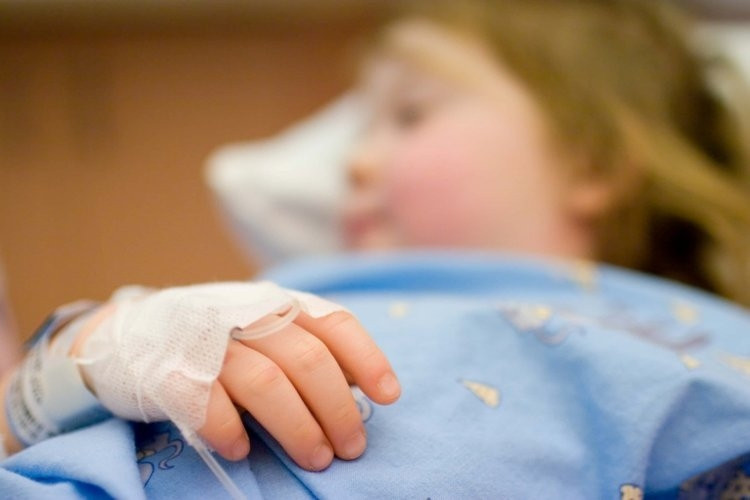Prolonged itching is a warning sign of liver disease
Severe itching for many days with jaundice, abdominal pain, fatigue may be due to cholestatic liver disease.
Cholestatic pruritus is a symptom of cholestatic liver disease. In many cases itching is debilitating on different parts of the body. According to the 2019 American cholestatic pruritus study, more than 80% of people with cholestatic liver disease have symptoms of pruritus.
For people with cholestatic liver disease, the most common symptom is intense itching that doesn’t go away. In addition to itching, some accompanying problems include rashes or lesions secondary to excessive scratching, insomnia due to preoccupation with itching, depression or suicidal thoughts. Does not appear alone but will appear with other signs of liver disease, which may include jaundice, darker-than-normal urine, pale stools, abdominal pain, fatigue, and nausea.

People with cholestatic liver disease often experience itching. Image: Freepik
People with alcoholic liver diseases, nonalcoholic fatty liver usually do not have itching. The main cause of pruritus from cholestatic liver disease is a disease that develops when the liver cells are unable to secrete bile or when there is a blockage of bile in the biliary system. When either of these happens, bile builds up in the liver causing new or additional damage to the liver.
Some other diseases that lead to cholestasis of the liver can also cause pruritus such as cholestasis of pregnancy, primary cholangitis, primary sclerosing cholangitis, and biliary obstruction due to cancer. Itching develops due to various substances including bile acids, lysophosphatidic acid, progesterone derivatives, which accumulate in the body and produce symptoms in the skin.
Some of the possibilities for pruritus caused by cholestasis that the researchers looked at include:
Honey salt: in liver disease, higher amounts of bile salts accumulate under the skin, causing itching. However, not everyone with high levels of bile salts experiences itching, and some people experience itchiness despite normal bile salt levels.
Histamine: Some people experience itching due to increased levels of histamine.
Female sex hormone: Itchiness may be worse in pregnant women or those on hormone replacement therapy.
If left untreated, the pruritus caused by cholestasis will worsen and lead to chronic liver failure. Treatment of pruritus due to cholestasis is quite difficult due to many factors at play. For people with mild itching, simple skin care with a lotion or emollient (moisturizer) is enough. People with itching due to cholestasis should take care to avoid scratching as it can make the problem worse. Cut your nails regularly so that if you scratch, the skin will be less damaged, limiting the chance of virus infection. If you scratch too much, you can wear long clothes, cover the skin, and wear gloves when going to bed at night.
Experts recommend that people with itching can use warm or cool water instead of hot water to bathe, limit exposure to hot environments or under the sun. Use a mild soap without added fragrance, use a gentle moisturizer to help prevent dryness, and apply a cold, wet cloth to the itchy area until the urge to scratch subsides.
Also, avoid substances or materials that irritate the skin; wear loose, breathable clothing; Use a humidifier during the dry winter months.
In the case of severe itching, an itch that affects your quality of life, and other health problems, you should seek medical attention because many cases of persistent itching are an underlying sign of liver disease.
Mr. Chi
(According to Very Well Health, Healthline)
at Blogtuan.info – Source: vnexpress.net – Read the original article here



